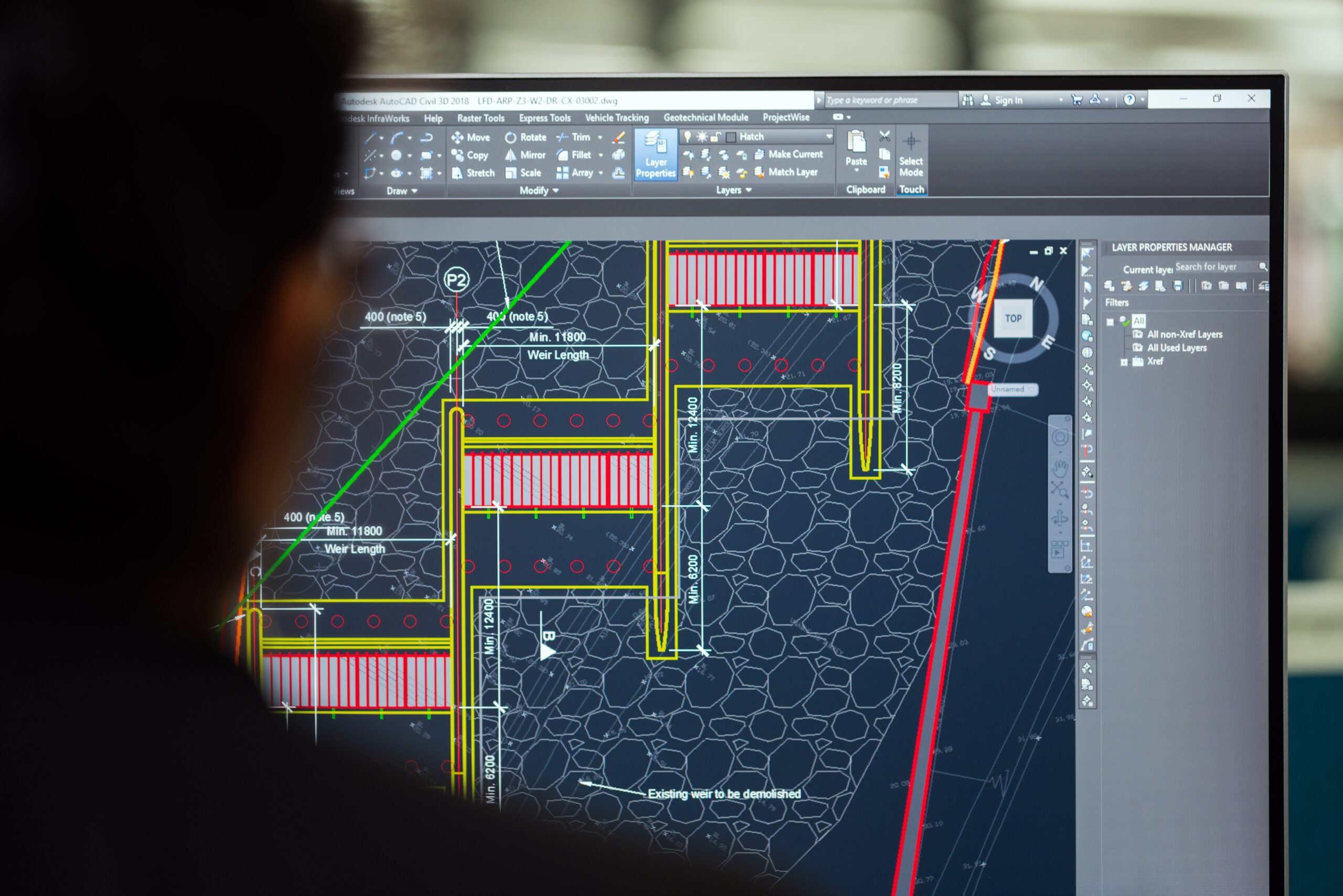A structural engineer is a type of civil engineer who specializes in the design and analysis of structures. They play a crucial role in ensuring that structures are safe and meet the necessary standards.
Roles and Responsibilities of a Structural Engineer
Here are some of the roles and responsibilities of a structural engineer:
- Designing structures: Structural engineers design structures such as buildings, bridges, and tunnels using computer-aided design software and other tools.
- Ensuring safety: It is the responsibility of a structural engineer to ensure that structures are safe and meet the necessary safety standards.
- Analyzing structures: Structural engineers analyze existing structures to ensure that they are safe and structurally sound.
- Managing projects: Structural engineers manage projects from start to finish, including overseeing the construction process and ensuring that the project is completed on time and within budget.
Skills Required for a Structural Engineer
Some of the skills required for a structural engineer include:
- Analytical skills: Structural engineers must be able to analyze complex problems and come up with solutions that meet the necessary standards.
- Attention to detail: Structural engineers must have a keen eye for detail to ensure that structures are safe and meet the necessary standards.
- Communication skills: Structural engineers must be able to communicate effectively with other professionals, including architects, builders, and other engineers.
- Technical skills: Structural engineers must have a strong technical background in civil engineering and must be proficient in computer-aided design software.
Qualifications Required to Become a Structural Engineer
To become a structural engineer, you need a degree in civil engineering or a related field. Some of the qualifications required for a structural engineer include:
- Bachelor’s degree in civil engineering: This is the minimum qualification required to become a structural engineer.
- Master’s degree in structural engineering: A master’s degree in structural engineering can provide you with advanced knowledge and skills in the field.
- Professional certification: Structural engineers can obtain professional certification from organizations such as the Institution of Structural Engineers (IStructE) or the American Society of Civil Engineers (ASCE).
What does a Structural Engineer Do?
A structural engineer is responsible for designing and analyzing structures that are safe and able to withstand environmental stresses. Structural engineers also work with architects and construction teams to ensure that the structures are built according to the designs and specifications. They must keep up with the latest engineering and building codes, and they may also inspect existing structures to identify potential issues and recommend solutions.
Final Word
A structural engineer plays a vital role in the design, analysis, and safety of structures. They are responsible for ensuring that buildings, bridges, and other structures are sound, stable, and safe for public use. With their knowledge of mathematics, physics, and materials science, as well as strong communication and collaboration skills, structural engineers are essential members of any construction team.
FAQ
Civil engineers focus on the design and construction of infrastructure, while structural engineers specialize in the analysis and design of structures like buildings and bridges.
Yes, structural engineering is a rewarding and challenging career with opportunities for growth and development.
The starting salary for a structural engineer in India can vary depending on the employer and location, but typically ranges from 3-5 lakhs per year.
Both fields have unique aspects and offer rewarding careers. It depends on the individual’s interests and skills.
No, a structural engineer analyzes and designs structures, while a builder constructs them.
The main objective of structural engineering is to ensure the safety and stability of structures by analyzing and designing them to withstand internal and external forces.
Disclaimer
This article is solely for educational purposes. Witfolio or its team doesn't take any responsibility for the information or claims made in the blog.
